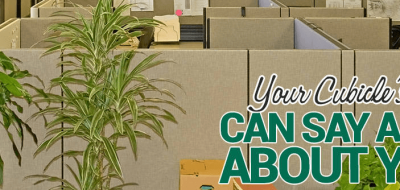Making use of packing accessories such as cartons, paper, bubble wrap, plastic covers, porta-robes and tape will help to protect and maintain your personal possessions once you have placed them into storage. Cartons should be filled to capacity, as cartons that are either overflowing or only partially filled can collapse or tip over, while heavier goods such as tools or books need to be packed into smaller boxes in order to make sure that they are nice and easy to handle. Unpacking can be made a lot easier by remembering to pack and label cartons on a room-by-room basis, and this also can be of great assistance if you need to retrieve a particular household item that is still in storage.
When it comes to putting appliances into storage, the likes of freezers, fridges and other white goods need to be thoroughly cleaned and dried before being taken to the storage facility. The doors of these appliances need to be left ajar while they are in storage, and another good tip to make sure that the freezers and fridges stay fresh is to place deodorizers inside. No other items should be placed inside such appliances, however, as their linings and shelves are far too easy to mark and cause damage to.
With regard to storing furniture, the contents of cupboards, drawers and wardrobes should be emptied to protect the structure, and the shelving of these items should also be removed. Personal goods and items of clothing should be packed within secure and strong cartons together with a product to help them maintain and protect their condition such as mothballs, naphthalene, or something along similar lines. If possible the legs from furniture pieces such as tables and bed bases should be removed to both save on space and cut down the risk of damage. Lounges should be cleaned to avoid the risk of left-over crumbs of food attracting the attention of vermin.
If you have any battery-operated toys or appliances that you are intending to place into storage, you should remove the batteries beforehand in order to prevent them from leaking and causing damage. Computers and electrical items need special care and attention when they are being placed in storage. Original boxes are very much recommended for the purposes of packing, although high-quality packing cartons and bubble wrap will also do the trick. The top and bottom of cartons should be lined with either packing paper or linen, as this offers additional protection to the contents, and any gaps should be packed out. While the great majority of modern computers come with ‘packing heads’, it is a good idea to consult your retailer or refer to the manufacturer’s manual if you are in any way uncertain about your computer, particularly if you are intending to put it into storage for a lengthy period of time.
Lance Grooms





